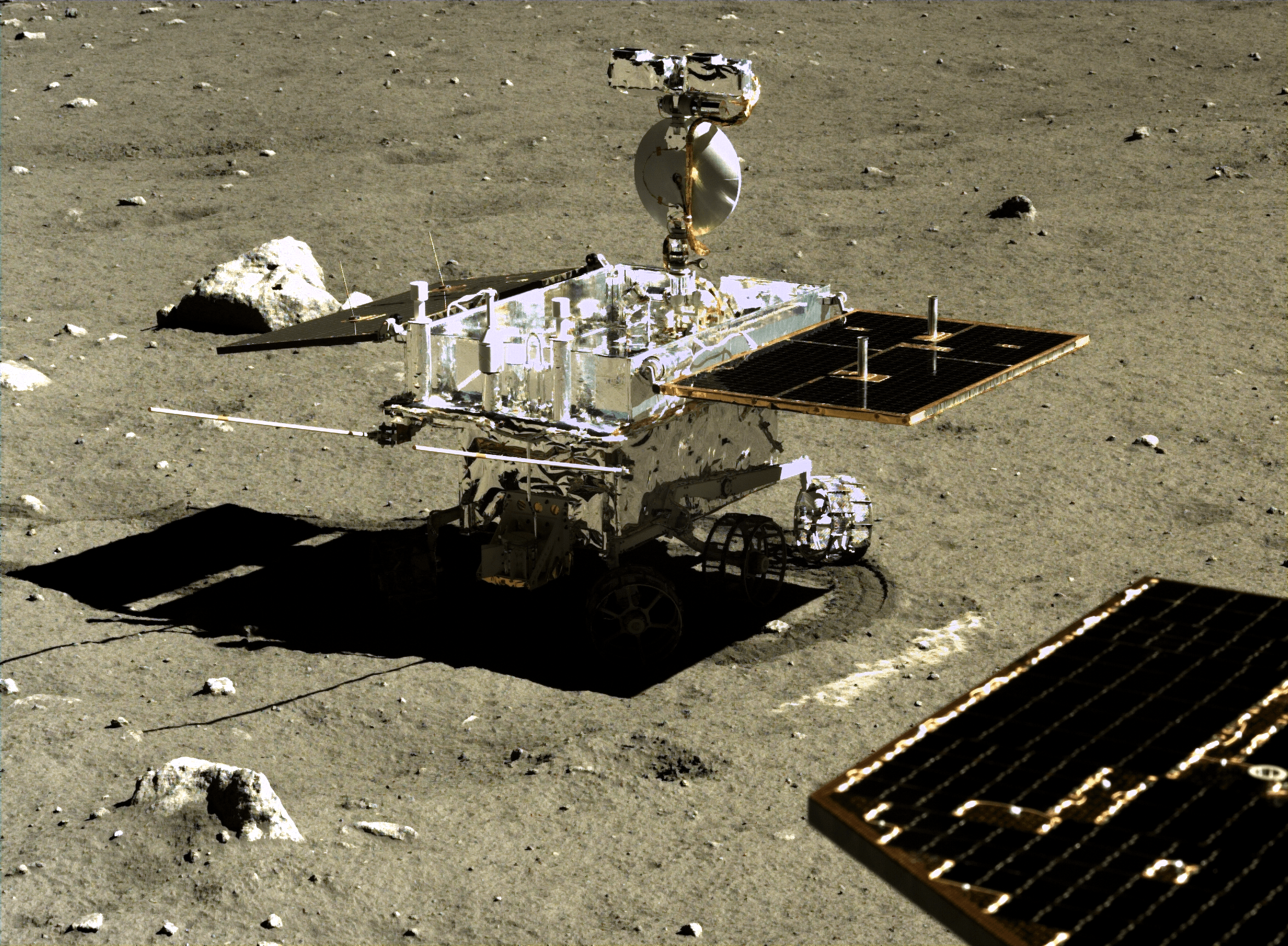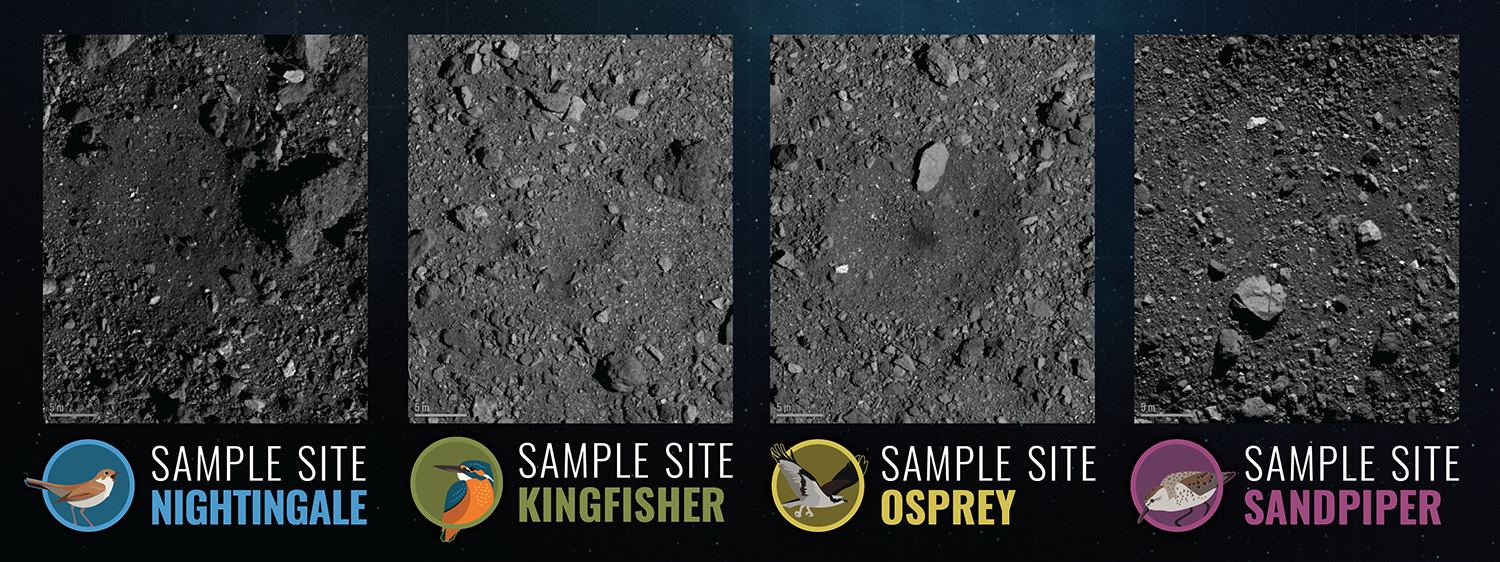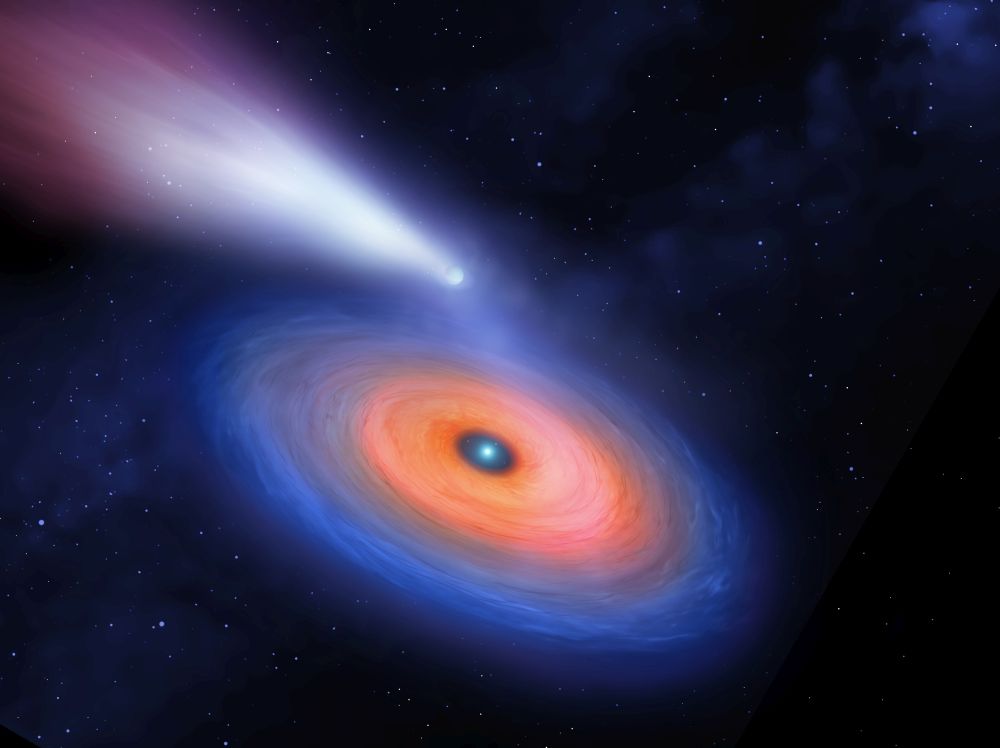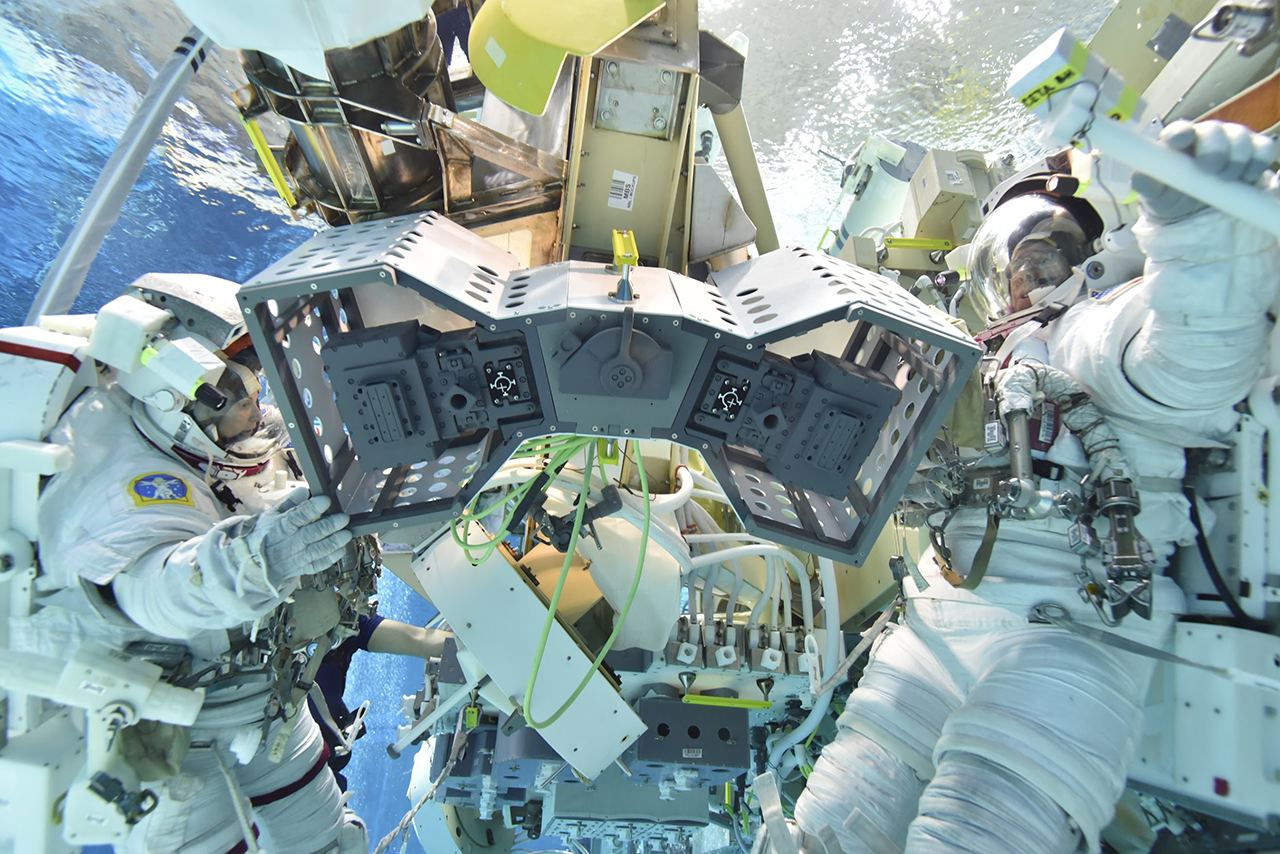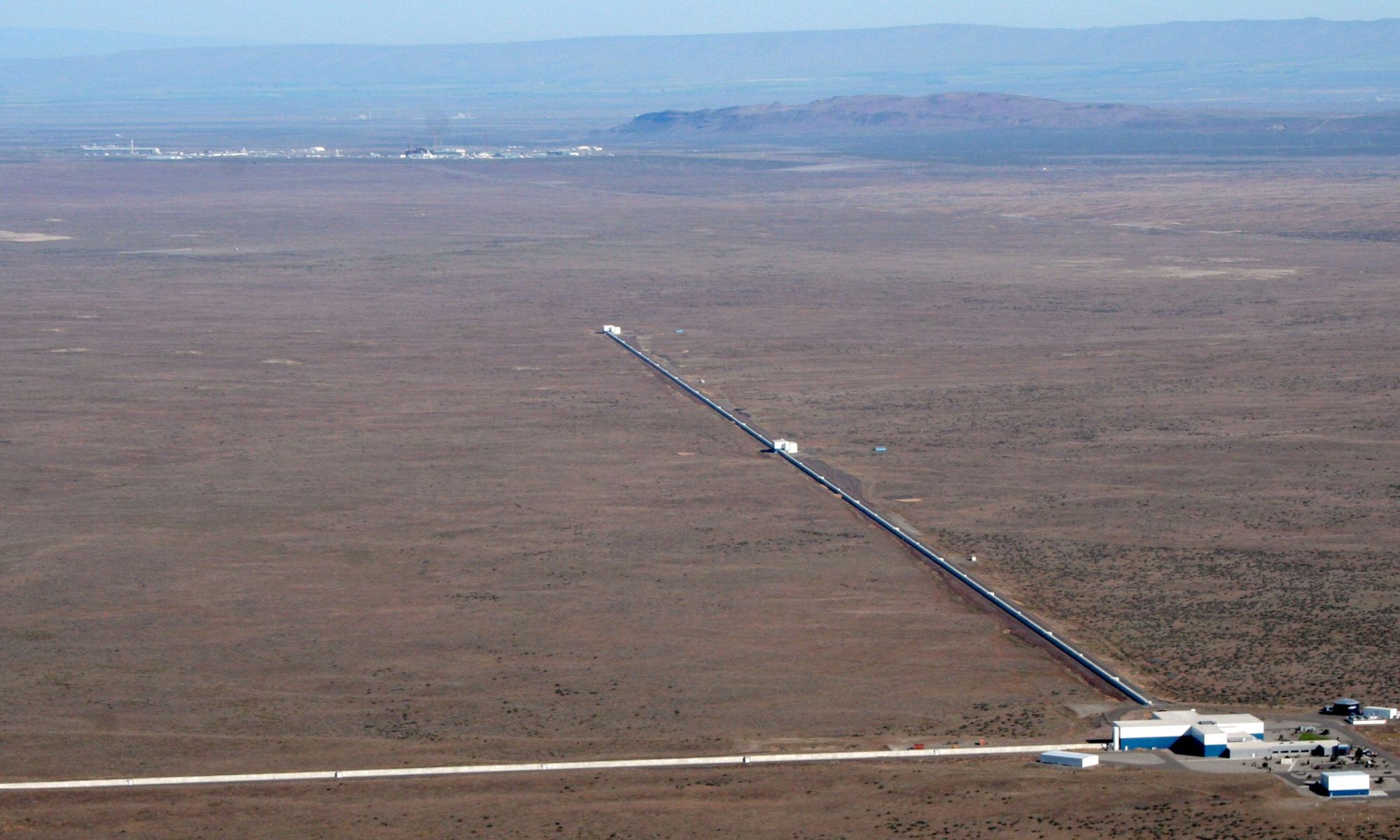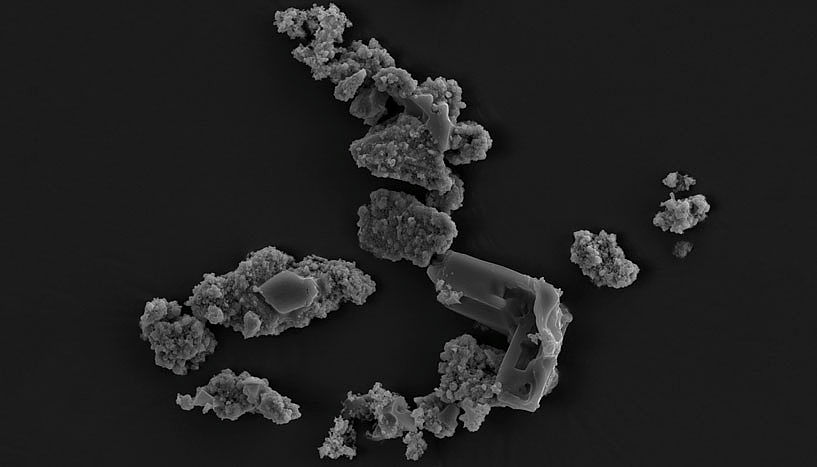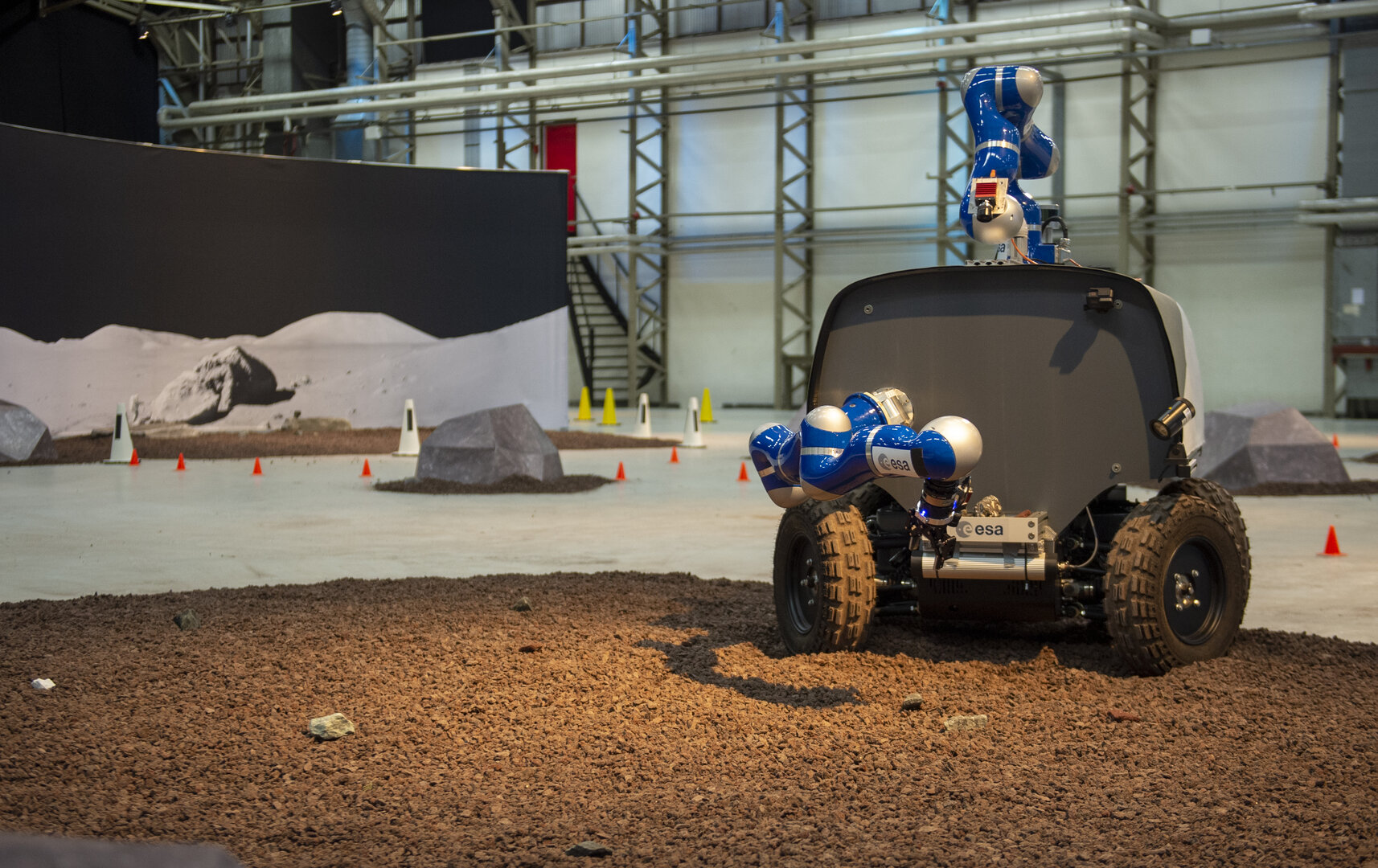On January 3rd, 2019, China’s Chang’e-4 lander became the first mission in history to make a soft-landing on the far side of the Moon. After setting down in the Von Karman Crater in the South Pole-Aitken Basin, the rover element of the mission (Yutu 2) deployed and began exploring the lunar surface. In that time, the rover has traveled a total of 345.059 meters (377 yards) through previously unexplored territory.
Continue reading “China’s Yutu-2 Rover has now Traveled Over 345 Meters Across the Surface of the Moon”China’s Yutu-2 Rover has now Traveled Over 345 Meters Across the Surface of the Moon
